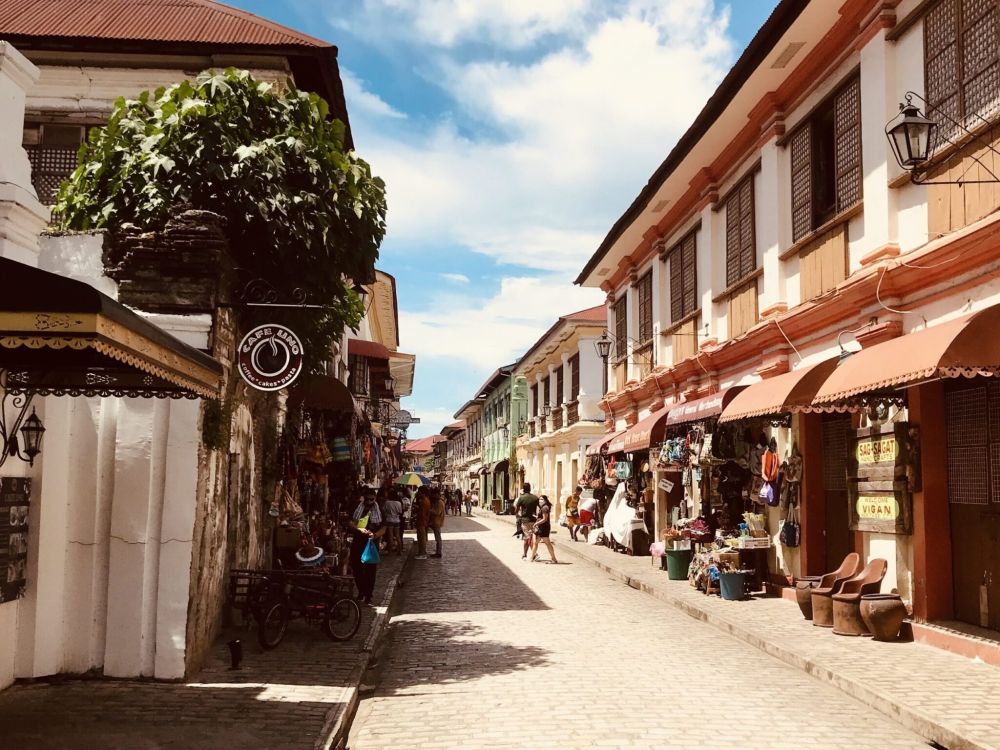

Vigan, located on the western coast of the island of Luzon, is one of the oldest cities in the Philippines. Its history as a destination for travelers spans several hundred years, with the city's origins tracing back to the 16th century. Established in 1572 by Spanish conquistador Juan de Salcedo, Vigan is an exemplary reminder of what was once a bustling European trading town in East and South-East Asia.
Vigan's role in tourism began to take shape during the Spanish colonization when its strategic location made it a significant stopover for galleons traveling the Manila-Acapulco trade route. This exposure to global trade resulted in a melting pot of cultures reflected in the unique architecture and cuisine of the city.
The blend of Asian building design and colonial European architecture led to the development of a distinctive style known as 'Earthquake Baroque' due to the structures' ability to withstand seismic activity. Vigan's Calle Crisologo, the city's most famous street, showcases this fusion and has been a major draw for tourists seeking to experience the Philippines' colonial past first-hand.
A pivotal moment in Vigan's tourism history was its declaration as a UNESCO World Heritage Site in 1999, under the name "Historic Town of Vigan." This recognition boosted the city's international profile, highlighting its value as one of the few Hispanic towns left in the Philippines where its structures have remained intact, and its historic urban layout has been preserved. Consequently, Vigan became an even more attractive destination for history buffs and casual travelers alike, owing to its well-preserved Spanish colonial and Asian architecture.
In recent years, Vigan has seen a surge in tourism, thanks in part to the preservation of its historical sites and its promotion as a venue for cultural heritage. Visitors are drawn to its cobblestone streets, capiz shell windows, and intricately designed facades.
One of the latest trends is an emphasis on experiential and cultural tourism. Travelers are increasingly seeking authentic experiences and opportunities to immerse themselves in the local culture. In Vigan, this can include taking a horse-drawn carriage ride known as "calesa," participating in traditional pottery making, or sampling the local Ilocos cuisine.
Furthermore, Vigan has started to integrate modern amenities and attractions to complement its historical offerings. Local events, such as the Vigan City Fiesta and the Longganisa Festival — a celebration of the city's famous garlic sausage — are becoming more popular among visitors. The city government is also working on sustainable tourism practices to preserve its historical integrity while catering to the needs of modern travelers.
The history of tourism in Vigan is a testament to its resilience and ability to capture the imaginations of those who walk its storied streets. As the city continues to balance the demands of modern tourism with the preservation of its rich historical legacy, it remains a vibrant and captivating destination that beckons travelers from across the globe to explore its timeless charm.